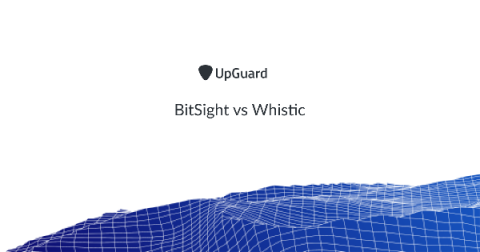The Difference Between Vulnerability Assessment and Vulnerability Management
In today’s constantly evolving cybersecurity threat landscape, you have to do everything possible and then some to protect your critical data assets. Performing a vulnerability assessment and implementing a vulnerability management program can help your organization effectively deal with cybersecurity vulnerabilities. However, it’s important to understand the difference between vulnerability assessment and vulnerability management.















